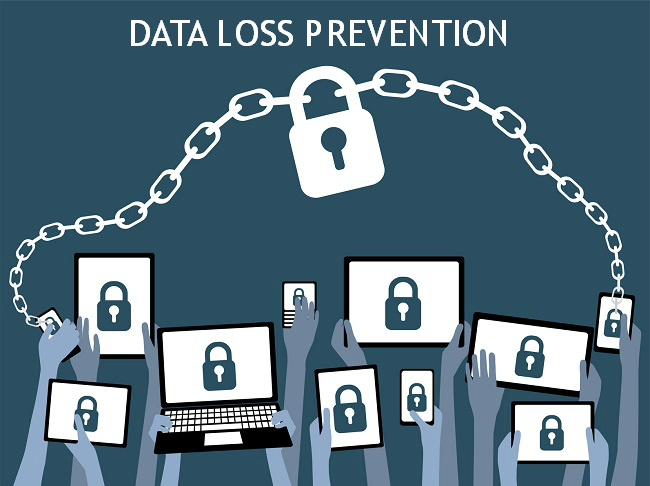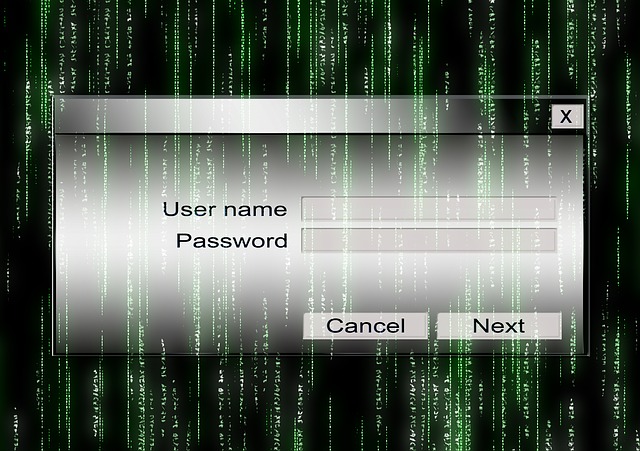A Guide to Data Leakage and How Data Loss Prevention (DLP) Tools Help
Data Loss Prevention (DLP) is one of the most hyped up and discussed, but least understood enterprise security tools for companies that wish to safeguard the confidentiality of their data. While many assume that data loss is a minor inconvenience that is associated with the simple loss of crucial devices that contain information, the reality is that the worst data breaches occur through more numerous and devious means, and also have wide reaching ramifications.
The damage that a data breach can cause ranges right from loss of intellectual property and a drop in market share, to expensive legal lawsuits and a huge dent to an organization’s reputation. With such massive consequences to face up to, it is surprising that not enough business enterprises comprehend the importance of effective DLP tools and make use of the technology in league with their existing IT security infrastructure.
The Nature of Data at Risk
An inherent cause of the apathy towards DLP tools is a lack of complete understanding of the nature of data that is actually at risk. When an operational business entity is taken into consideration, every small bit of information is crucial, even though it may not seem so at first. With advanced tools and motivated attackers, any data can possibly be misused against an organization so the design of your next product launch needs to be safeguarded with the same tools and intensity as the buyer personas of your last 10 clients. Some commonly found examples of private and important data are as follows:
Intellectual Property – Product design documents, Source code, Process documentation.
Enterprise Information – Financial documents, Employee details, Future plans.
Customer Information – Credit/Debit card numbers, Individual details, Bank statements.
The Role of Data Loss Prevention
Companies need to know how data breaches occur and by whom they are initiated before they obtain and setup DLP tools and policies. Not all data loss cases are caused by malicious attackers, hackers or corporate (rival) saboteurs; in fact, most data breaches stem directly from the careless behavior of employees who deal with confidential company data. An unencrypted smartphone lying around without password security, a USB drive with critical data misplaced or a fraudulent link clicked due to a social engineering attack are some of the most prevalent causes of accidental data leakage. As a result, data loss is known to be instigated by the following parties:
- Employees/Insiders who accidentally lose data
- Employees/Insiders who deliberately leak data
- Attackers/Outsiders who target specific silos of data
Since employees are often the root cause of several incidents of data leakage, a set of policies and tools that monitor, regulate and enforce preservation techniques for data are necessary for every business organization. This is where DLP gains importance and its enforcement and scope depends on the nature of data that is vulnerable, the size of the enterprise and the degree of risk the data is subjected to by various insider and outsider threats. All DLP software ideally offers the following advantages in varying degrees:
- The chance of data leakage through apps and third-party software is removed.
- Company-wide security policies are consistently implemented and regulated.
- Installed programs and inserted devices are scanned for security holes or blind spots.
- Advanced targeted attacks by malicious techniques or malware are prevented.
The Solutions to Data Leakage
Just like with all other software products, there are various types and versions of DLP tools that can be made use of. However, finding the right fit for a specific business organization is critical. Companies need to consider DLP software that provides one of the following, or any combination thereof:
Network-Based DLP – Installed at the perimeter of business networks, it analyzes network traffic to pinpoint critical data that flows out. If predefined information disclosure policies are violated, the source of such leakage is flagged.
Endpoint-Based DLP – Individual endpoints and devices such as desktops, laptops, smartphones, tablets and more are regulated to prevent data leakage. Activities like outgoing emails, print commands etc. are studies for discrepancies.
Storage-Based DLP – The storage location of confidential and critical data and its protection is usually guaranteed via this technique. Unsafe storage is often caused due to improper data retention policies, so such solutions do far more than just protect critical data from leaking.
Content-Aware DLP – Company policies are enforced based on the classification and content of data. If a predefined keyword or file is detected to be going out, a flag is raised. This allows business enterprises to prevent accidental or deliberate leakage of data.
Conclusion
While the number of Internet-connected devices within enterprises skyrockets, Data Loss Prevention is an integral aspect of any enterprise’s ability to protect and manage its valuable and confidential information, irrespective of its size. Organizations cannot risk the repercussions of data loss or the penalties of regulatory policy violations anymore.



No Comments, Be The First!